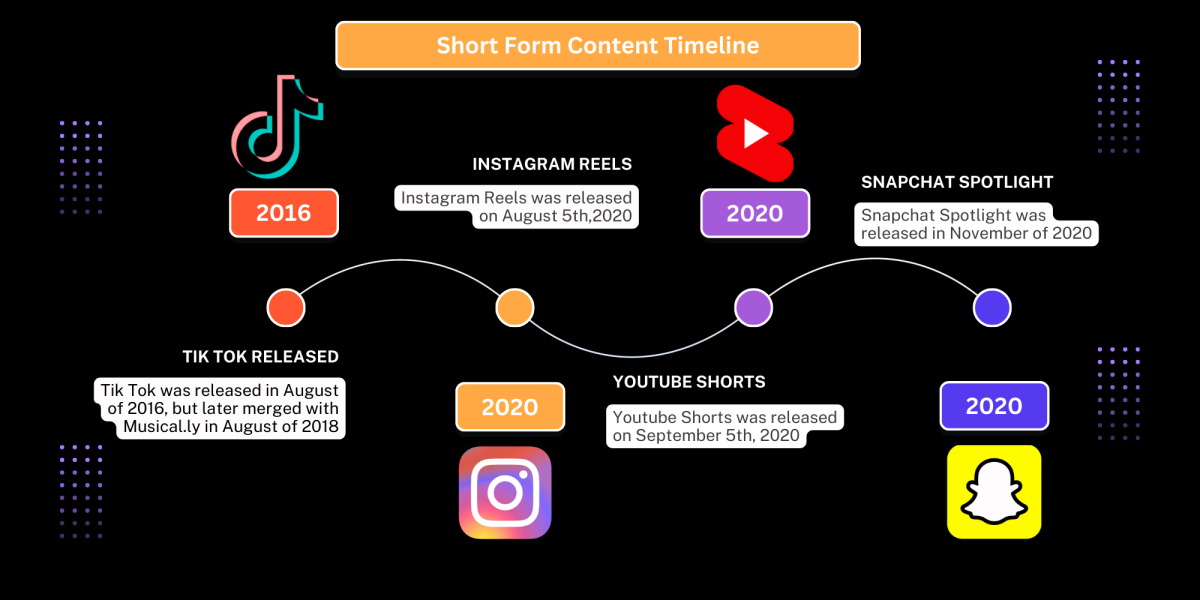
Various teachers use movies as resources for teaching in the classroom, but whether the use of movies is good or bad depends on multiple variables, which include the teachers’ teaching methods and the students’ knowledge of the topic before viewing the movie.
There are many advantages to watching movies in class, from students obtaining a better, in-depth look at a hard subject to looking at a subject from a different perspective.
Movies allow for students to learn in a visual and auditory way, which reinforces the key concepts of the course in different parts of the brain.
Mr. Pete Dawson, chemistry teacher and WYSE coach, states that he uses movies in class to “present something that I would not be able to replicate in class because of time or safety or if we are able to cover something that we wouldn’t be able to cover. This adds a visual experience, and it is something that might show up on the ACT or SAT.”
Also, the use of movies allows students to relax and enjoy the film during class which, according to The Washington Post, helps students learn better. The conformity of the classroom actually makes it harder for students to learn, but when they are calm and appreciate what is going on in class, it makes it easier to retain the information that was previously taught, the Post informed.
During school, as a student’s and teacher’s work every night starts climbing higher and higher as it heads towards finals, movies give everyone a chance to catch up on that work without the strain of additional material from that class.
“I would say something like victory day [what Mr. Dawson calls his classes’ monthly movie viewing day] would be more laid back, you know, here’s some science thing, but if you have other homework that you need to get done, it’s sort of a reward for participating in class, doing stuff over the last month or so. I don’t have a problem with that, but it could be a little bit of a distraction if somebody else wants to watch it or are interested in it. If it’s something that we’re going to discuss then I think I’m a little more proactive,” Mr. Dawson stated. “I want you to have some context so you can join into the discussion, and have an informed opinion.”
Some students feel like it would be helpful if teachers paused the movie during the viewing as well as to give a background to the story or a heads up on what to look for while watching it.
“Teachers could pause the movie at certain points to emphasize important information or explain confusing segments. In the case of a movie about a story, it would be helpful if teachers mentioned certain themes to look for,” stated sophomore Katie Xu.
On a different note, movies can be a way to expand a student’s understanding of culture and open them up to possibilities that they hadn’t known existed before then.
“I hope to inspire some students to explore more foreign films, especially from Spain and Latin America. For this reason, activities are lighter and the summative activity will be geared towards thought provoking reflection,” inputted Spanish teacher Señora Nora Kostro.
However, not everything about using movies in class is advantageous; there are many disadvantages for both teachers and students as well.
There is the real possibility that if the topic of the movie doesn’t appeal to students, then they will zone out during it or even fall asleep, thereby absorbing none of the information that is being taught by the film.
“The same movie content you could put in and have some people staying after class, asking questions about it, saying, ‘Can we watch the last five minutes of it because we ran out of time, and it’s so interesting. I love that guy!’, and other people are like, ‘I didn’t get anything out of that, what does that have to do with anything we are talking about?’ So, I think that’s really student dependent, what they’re interested in,” stated Mr. Dawson.
The movie could also be viewed as a waste of time and have very little relevance to the class; it could be shown in order to teach a moral lesson rather than part of a topic that is in the class agenda.
“Sometimes kids just fall asleep during them, and there’s really no point to them. And if they don’t relate to the subject whatsoever, then that’s an issue too,” explained junior Hannah Loizzo.
In addition to that, there is the possibility that there is false information contained in the movie. As tested and shown by Washington University in St. Louis’s Department of Psychology, in order to have a successful viewing process, teachers need to expressly warn students about any discrepancies that are in the movie or else they will learn the wrong information better than the correct information.
Moreover, Washington University states that the best way to teach a student a subject is to first read about it textually and then watch a film about it.
“As long as [movies] apply to the subject and the teachers can put them in and it’s helping the kids learn, then I think it’s good. But if it doesn’t have much to do with the class, then it doesn’t really help move forward the class and that’s not very helpful to the students,” expressed Loizzo.







